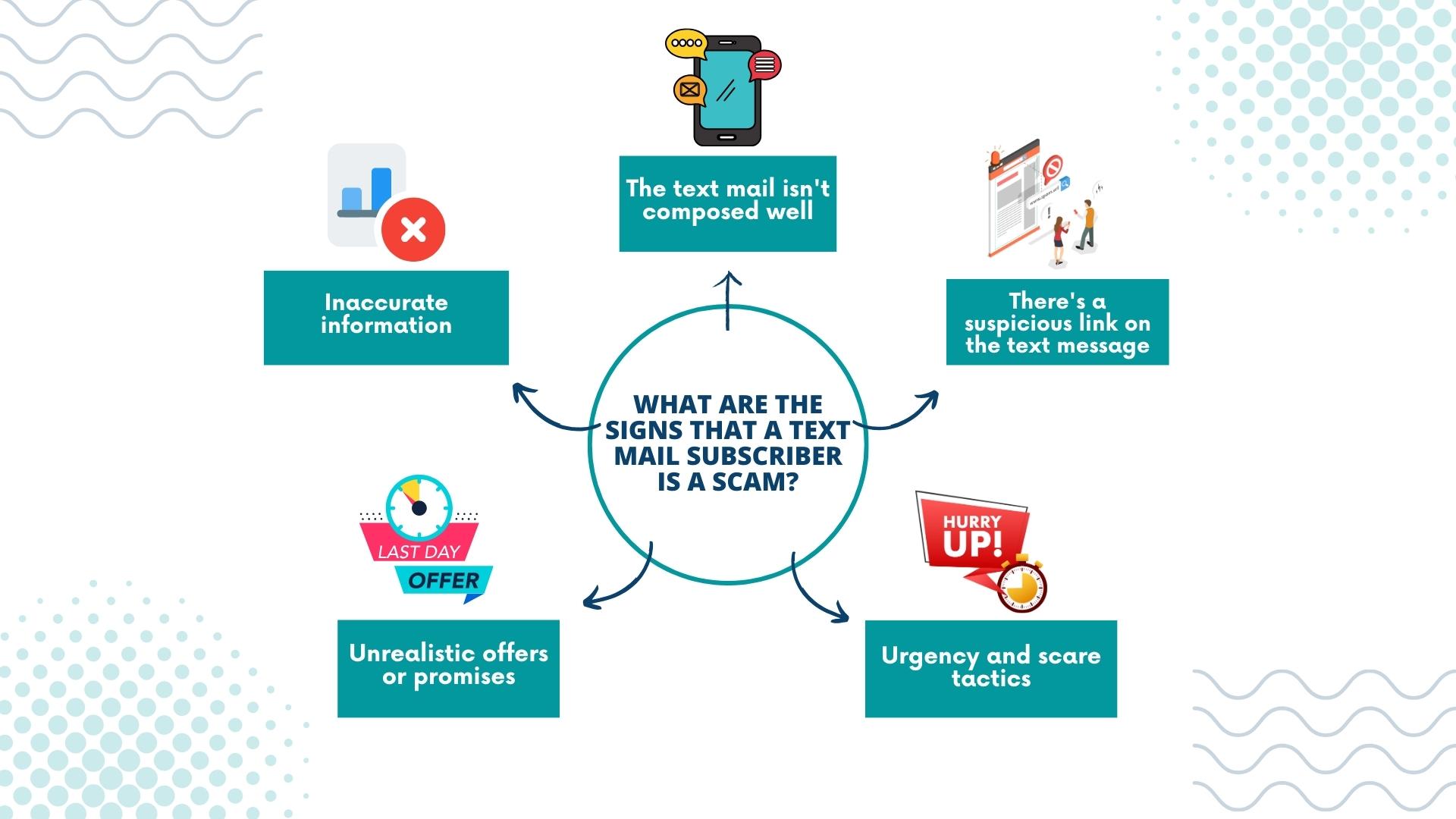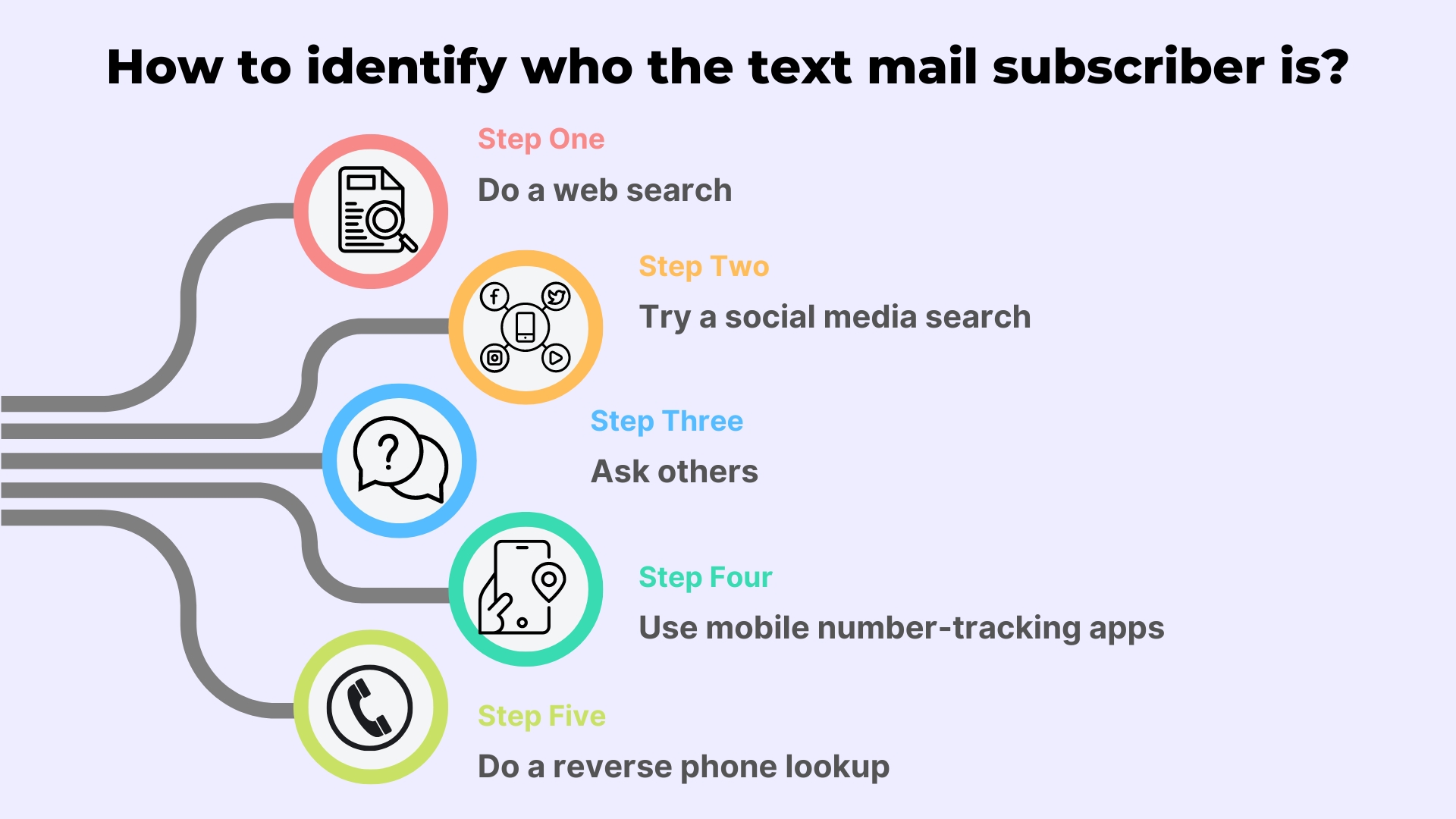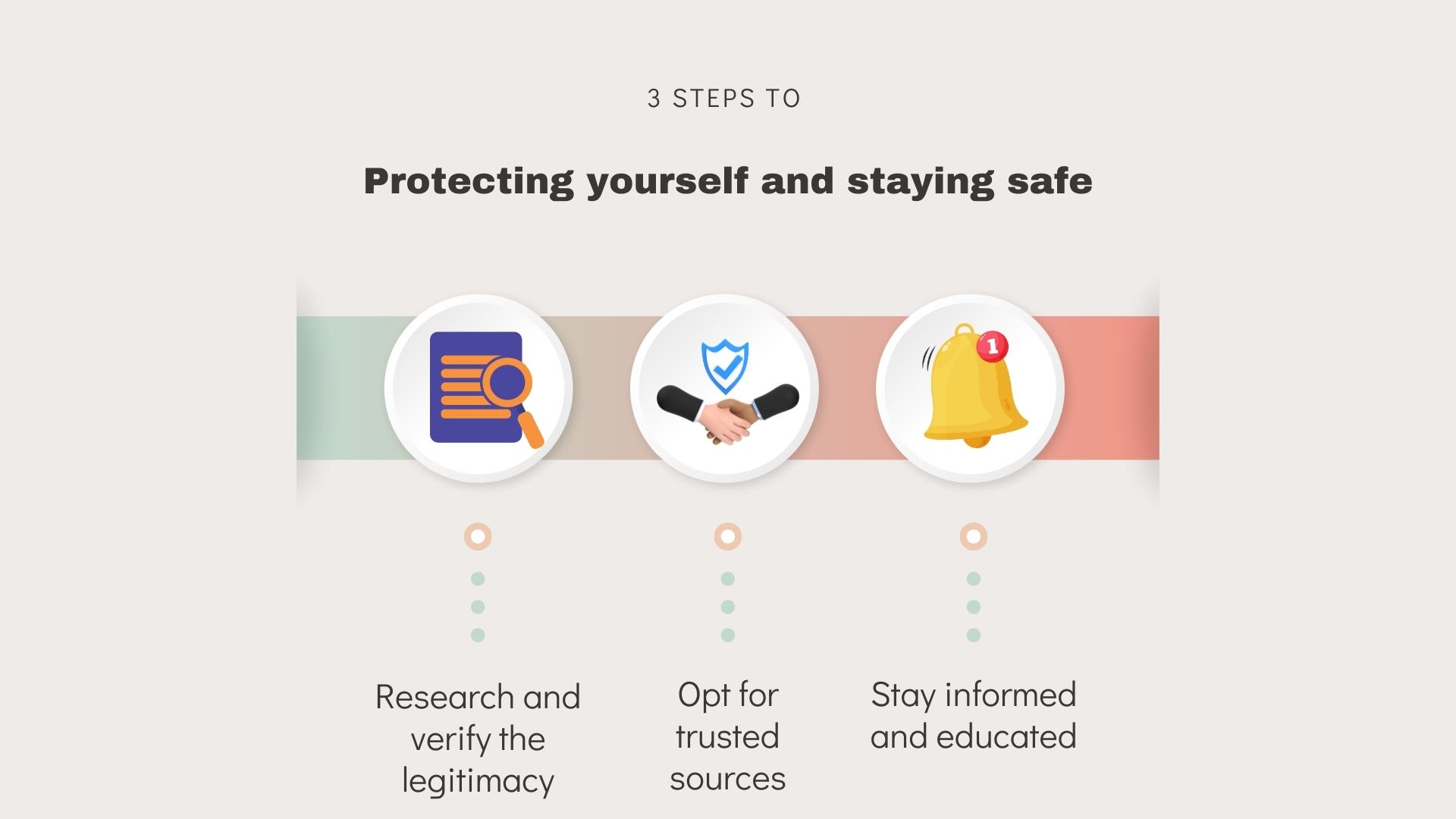Text Mail Subscriber: How to Protect Yourself Against the Scam
Ever get a weird text from a number you don’t know, saying it’s a “Text Mail Subscriber“? You might be scratching your head, wondering who’s on the other end. Is it a friend? Or is it someone trying to scam you? You’re not alone in feeling confused or a bit worried.
And this gets scarier when you try to call back that number, and the voicemail says, “The text mail subscriber is not available.”
In today’s world, getting spam or scam messages is more common than ever. So, it’s important to know who you’re talking to. What does Text Mail Subscriber even mean? How does it work? And most importantly, is it safe?
In this blog post, we’ll answer all these questions. We’ll help you understand what a Text Mail Subscriber is, how to figure out who’s behind the message, and how to know if it’s a scam.
What is a text mail subscriber?

A text mail subscriber chooses to get text messages through the Internet, unlike the usual calls from a mobile or home phone. These text messages come from email systems, and ESPs (Email Service Providers) help send different kinds of content. The ESP also picks how the message looks to the person getting it.
Each text mail has words and a phone number. But you can’t answer them right away. You can’t call or message this number because it comes from the Internet. If you try to call, you’ll get a message saying the text mail user isn’t there.
Sometimes, you might not hear anything on the other end. Google Voice is a known example of this. Someone getting text mail can only see emails sent as simple text. Individuals often opt for text mail services not only for the convenience of sending texts without a traditional line but also for anonymity, cost-saving (especially for international messages), or when they are in areas with poor cellular reception but have access to Wi-Fi.
Senders type and send messages through a website or an app, which comes to your phone like any other text message. All they need is an internet connection to use this service. It’s a way to send texts without a traditional phone line or cellular network.
Textmails – scams or myths?

People have often found these text messages looking like emails to be tricks. But it’s not always true. Many people think all these messages are scams. As a careful user, whatever you think should be based on real facts and research. In this matter, too, you should check the number sending you these messages to verify where it’s coming from and whether it actually is a scam.
Scammers prefer using text mail services because it provides them with a layer of anonymity. Since these numbers are generated via the internet, it becomes challenging to trace the real identity of the sender, making it a favored method for dubious activities.
While text mail services can be beneficial, they can also be misused. Just as email can be a source of both genuine communication and spam, so can text mail services. This duality is why the awareness of potential scams is crucial.
What are the signs that a text mail subscriber is a scam?

Some clues can immediately show if these text mails are genuine or just a trick to lure you into something. Here are the warning signs to watch for:
1. The text mail isn’t composed well
If a text message in an email looks messy or unclear, it suggests the person sending it doesn’t care about the message’s quality, which is the kind of unprofessionalism you wouldn’t see from an official source.
They might be more focused on other things, like getting you to tap on a link in the text or replying so they know your number works and can keep tricking you. If the message has spelling mistakes, weird grammar, or uses text shortcuts (like “u” for “you”), ignore it.
2. There’s a suspicious link on the text message
Never tap on a link in a text unless you’re sure it’s safe. These links can have bugs or take you to places online that try to steal your info. You can tell a link might be bad if it looks odd or short, hiding where it goes.
3. Urgency and scare tactics
Tricksters might try to make you act fast, saying you need to reply or do something now. They’ll use FOMO, aka Fear of Missing Out, to persuade you into doing something.
4. Unrealistic offers or promises
A text saying you have lots of money or a big prize seems fishy. Think about if it’s real. It could be like those fake rich prince tricks
5. Inaccurate information
If the text has info like a company’s name or where it’s from, check if it’s right. People trying to scam often get things mixed up. Verify the address via Google Maps as well; just search if this company or sender actually exists online and has a Google profile.
6. Request for Personal Information
Always be wary of messages that ask for personal details. Authentic companies or organizations typically have secure channels for communication and would not solicit sensitive information via a simple text.
How do we identify who the text mail subscriber is?

Even if you know that a text mail is not a scam or spam, you might wonder who’s sending it. You only have a phone number. Knowing who’s texting you can be tricky, but there are ways to get hints. Here’s how you can try to figure out who sent the texts:
1. Do a web search
Your phone or computer can help you figure out who’s sending text messages in email. Just use an online search. If the mystery number is somewhere on the web, like on a company’s page or social media, you might spot it.
Then, you can check those sites to see who owns that number. Sometimes, search results might show that the number is linked to scams. This means many people online might have said it’s used for tricks.
2. Try a social media search
Today, you can search for folks on places like Facebook using their phone numbers. This doesn’t always work, though. It’s only helpful if the person hasn’t hidden their profile and added their number to their account. If this doesn’t help, there are other ways to try.
3. Ask others
A straightforward way to see if the text mail is a trick is to ask people near you. Ask them if they’ve got similar messages. Talk to friends or family about the number and see if it looks familiar.
Maybe someone you know has heard from that number before. It’s a good first step to figure out who’s texting. You can also post the number on internet forums like Reddit or Quora to ask the community about it.

4. Use mobile number-tracking apps
Some apps have big lists of phone numbers. These apps can help you see who a number belongs to. One popular app is Truecaller. If the number is on their list, you’ll see the name tied to it.
5. Do a reverse phone lookup
There’s a thing called a reverse phone lookup online. It helps you find out who owns a number. You can use a search engine or special tools like reverse phone lookup. This way, you can see the number’s details.
Benefits of text mail subscription

Here are some good things about getting a text mail subscription:
- You can get texts on your computer or tablet, not just your phone. This is nice for people who use computers or might not have their phones with them all day.
- You can keep texts in your email. So, if you want to look back at what was said or get the messages on different devices, this helps.
- It’s like a safety net for your phone. If you lose your phone or it breaks, you can still get and send texts using the Internet and your email account.
Drawbacks of text mail subscription

Although getting your text messages directly in your email sounds handy, certain challenges come with it. Let’s discuss some of these potential problems:
- One of the main concerns is that some mobile carriers might add extra fees for this service. This could be an unexpected and unwelcome cost for individuals watching their spending or those on a tight budget.
- Another common issue is how these text messages transition into emails. Often, they might not be formatted correctly or could appear mixed up. This makes it tricky for users to decode the content, leading to potential misunderstandings.
- One of the main reasons people prefer text messages is the closeness of the communication. However, with this setup, there might be a time lag.
Since text messages have to be rerouted through an email system, there could be a delay between someone sending you a message and you getting it. For those who rely on swift communications, this could be a considerable downside.
Read More: What’s The Best Email Service in 2023? Best Clients Ranked
Protecting yourself and staying safe

Now that we’ve talked about the issues, let’s look at ways to keep yourself safe and use text messages in email the right way:
1. Research, verify and opt for trusted sources
Pick services from companies or groups you know and trust. Research and verify the legitimacy before you sign up for a text mail, check out the company first. See what other users are saying and if they trust it.
Don’t give your number to strange websites or unknown people. Opt for text mail services that offer end-to-end encryption. This ensures that only the sender and the recipient can read the message, providing an added layer of security.
2. Use Two-Factor Authentication (2FA)
Whenever possible, opt for 2FA for your online accounts, including those for text mail services. It adds an extra layer of security by requiring two types of identification. This makes it significantly harder for anyone to steal your data or bypass security measures.
3. Monitor Account Activities
Regularly review your text mail account for any suspicious or unauthorized activity. If you notice something unusual, investigate it immediately and consider changing your password.
4. Change Passwords Regularly
To minimize risks, consider updating your text mail account password periodically. Avoid using easily guessable passwords and ensure each password is unique for different platforms. haveibeenpwned.com is an amazing database developed by Troy Hunt, which lets you see if your account (email) has been part of a data leak. If under any suspicion, check your email addresses here.

5. Avoid Clicking on Unknown Links
Even if a text mail seems to come from a legitimate source, be wary of any links or attachments it might contain. Cybercriminals often disguise malicious links to appear genuine.
6. Stay informed and educated
The last point is broad in nature but something that can genuinely save lives, whether it be tech scams or anything else. Keep yourself educated with what’s going around you, if there are any popular scams popping up, or any new schemes bad actors are using these days.
Stay connected on social media with your community members and locals to ensure you’re well-informed and, in general, it’s best to stay vigilant as you might be the first victim of a new scam. This is how you pass through it to tell the story.
 Reviewed by
Reviewed by 




